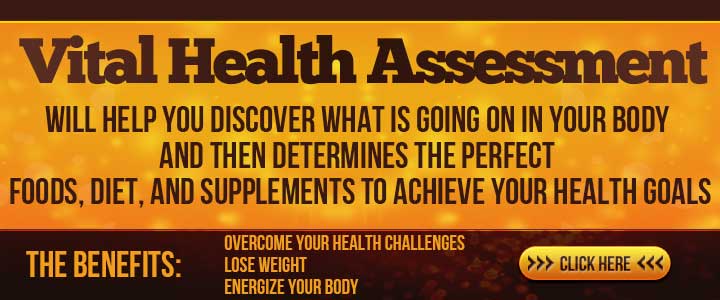Indoor air pollution is a big thing in our world. The breathing of polluted air can make us sick or increase other health issues in our life.
Recently I had this experiences dramatically while visiting a friend in England.
Within a few minutes in her home, my eyes were red and I was sneezing. I’ve always been sensitive to air quality but this incident inspired me to investigate how this happened so quickly and how I might help others with this knowledge.
In some situations, poor air quality means much more than some puffy eyes. You can die when breathing extremely toxic air
It is estimated that 6,400 people die every year in Mexico City and more than 1 million suffer from permanent breathing problems because of air pollution. (World Health Organization estimates)
People spend 90% of their time indoors. That indoor air quality can be two to five times more polluted than outdoor air. (The Environmental Protection Agency)
The good news is indoor air pollution is created by us so we can reduce the sources of pollutants.
16 Possible Sources of Pollution and Healthy Alternatives
1. Artificial house cleaners are filled with toxins.
Some cleaners are among the most toxic products found in the home. If I use the wrong ones, I have breathing issues. In 2000, there 120,434 exposures involved children under six, reported to Poison Control. These were children who can swallow or spill cleaners stored or left open inside the home. Best to use Non-Toxic Home Cleaning products.
2. Cleaning products are responsible for nearly 10 percent of all toxic exposures reported to U.S. Poison Control Centers! Take time to find alternatives or Make Your Own Natural Cleaning Solutions.
3. Laundry detergent and fabric softeners can be very toxic.
Very early in my life, I found that the main stream laundry detergents created itchiness after washing my clothes in them. These chemical laundry detergents are filled with toxic chemicals. For example…
- Sodium lauryl sulfate – EVS Rresearch studies on SLS have shown links to: Organ and Developmental/reproductive toxicity, Neurotoxicity, endocrine disruption, ecotoxicology, and biochemical or cellular changes, and possible mutations and cancer.
- Phenols have been linked to serious health conditions and even death.
- Optical brighteners make clothes look whiter but studies have shown them to be extremely toxic to fish and can cause mutations in bacteria.
Since the 70’s I have always stayed away from the big brands like Tide which is the most toxic.
Use one of 7 Least Toxic Laundry Detergents and definitely avoid the 7 most toxic!
4. Chemical air fresheners! They should be called Air Polluters! NRDC: Toxic Air Fresheners?
5. Best to use eco-friendly paint and glues for your home. Do not use products with methylene chloride. This includes spray shoe polish, water repellents, spot removers, wood floor and panel cleaners, adhesive removers, lubricants, wood stains, varnishes and finishes, paint strippers. Toxins in the Home – got Sick
6. The best time to paint the house or do other repairs that use glue is during the summer so doors and windows can be open for full ventilation.
7. When cars idle in the garage, especially when it is attached to the house toxins fill can come into the home.
8. Keep the home a smoke free zone – Tobacco smoke contains many pollutants at high concentrations. “Tobacco use kills more than five million people every year – more than HIV/AIDS, tuberculosis and malaria combined.”
9. Creams and lotions also need to be unscented with chemicals.
10. New carpets not made of natural fiber can be a source of formaldehyde.
11. Candles and incense can release lead and volatile organic compounds (VOCs) into the air making it toxic. Use beeswax or soy candles instead.
12. Shoes bring in dirt and toxins tracked in from the outdoors. Best to have mats at the entrances to the home and to leave shoes at the door.
13. Regularly have the furnace cleaned to ensure the good indoor air quality which can help to with environmental allergies and asthma. Also, it will help it to operate at maximum efficiency.
15. Pillows, sheets and comforters can be full of allergens, including dust mites so best to wash them weekly.
16. Carpets are a major source of dust, mold, and allergens; regularly clean them with an eco-friendly solution.
What To Do?
If you think your health or someone in your family’s health is being affected by any of these sources, it would be very difficult to tackle everything on this list at once.
I suggest you pick one to three of the items on this list and do what you can in that area for stop toxins from entering your home.
After this is completed, then you can tackle one or two more.

The Next Step Is To Improve Your Home Air Quality!
There are simple things that you can do to improve the air. These are the fun things like adding plants etc. Learn more: Tips for Improving Air Quality In Your Home.
If you have problems with indoor pollution I have had 30 years dealing with this. You can contact me through my website or on twitter.
Also, it is important to breathe well:
Learning How to Breathe Changed My Life
Read Diana’s Breathing Technique which she used to improve her digestion, stop the pain and change her life.
Get healthy recipes and tips sent to your mailbox once a week,
subscribe to the newsletter.
Copyright © Diana Herrington https://www.realfoodforlife.com
]

